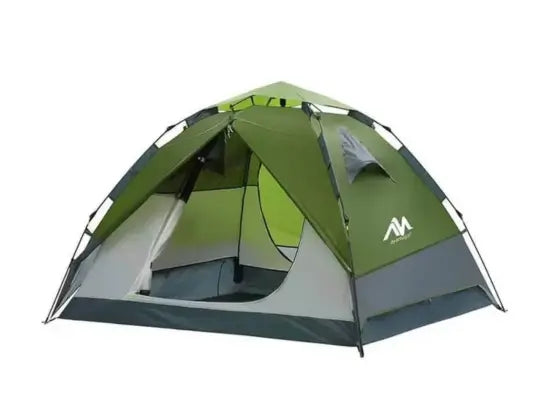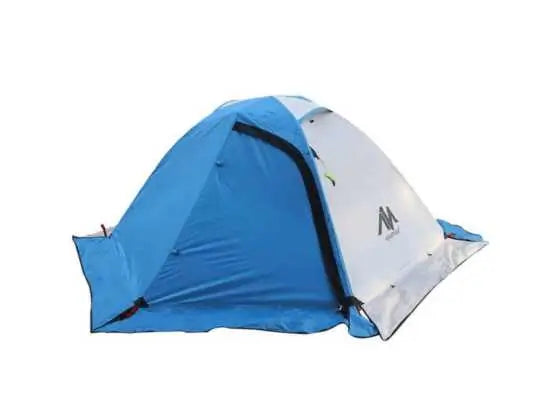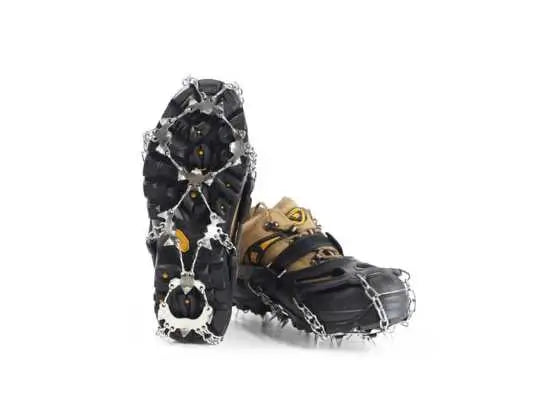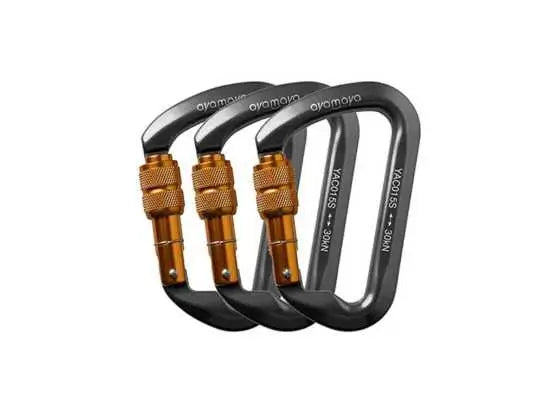Condensation inside your pop-up tent can sometimes cause concern, as it may be mistaken for a leak. However, with a few simple tips, you can effectively manage condensation and address any actual water leaks that may occur. In this article, we'll explore four strategies to tackle condensation and provide guidance on handling leaks in your pop-up tent.
"Why is my pop-up tent leaking?"
If you notice water droplets on the inner wall of your tent, it's not a sign of a leak; it's actually condensation.
"How to prevent tent condensation?"
In this article we will cover four tips and tricks on how to manage condensation.
Managing Condensation
1. Reduce the introduction of hot, moist air
Minimize activities that generate humidity, such as cooking, boiling water, or using a portable shower inside the tent. By limiting these activities, you can reduce the amount of moisture in the air, minimizing condensation.
2. Promote air circulation

Open windows or vents in your pop-up tent to allow fresh, less humid air to enter and circulate. You can also use portable fans to enhance air circulation within the tent, aiding in the drying process and reducing condensation buildup.
3. Utilize ventilation features
Many pop-up tents come with built-in ventilation features, such as mesh windows or ceiling vents. Make use of these features to facilitate airflow and prevent excessive condensation.
4. Consider moisture-absorbing products
Use moisture-absorbing products like silica gel packs or desiccant bags inside your pop-up tent. These products help absorb excess moisture from the air, reducing condensation levels.
Handling Water Leaks
If you encounter actual water leaks in your pop-up tent, here are some key considerations:
-
Waterproofing the tent material: Ensure your pop-up tent is made of waterproof material, such as treated nylon or polyester. However, even with waterproof materials, seams and stitching can be susceptible to leakage. Applying seam sealer along these areas can help prevent water penetration.
- Periodic maintenance: Over time, the waterproofing capabilities of your tent may diminish. It's important to periodically reapply a waterproofing treatment to ensure the tent remains fully protected against water intrusion.
-
Proper setup and site selection: When setting up your pop-up tent, ensure it is pitched on a level surface and away from potential water sources, such as depressions or areas prone to pooling. Proper site selection can minimize the risk of water pooling around or entering the tent.
Conclusion
Managing condensation and addressing water leaks are important aspects of maintaining a dry and comfortable experience in your pop-up tent. By implementing strategies to reduce humidity, promote airflow, and utilize moisture-absorbing products, you can effectively manage condensation. Additionally, proper maintenance, including waterproofing and seam sealing, is crucial for addressing water leaks. With these tips in mind, you can enjoy a pleasant camping experience in your pop-up tent, even in challenging weather conditions.









